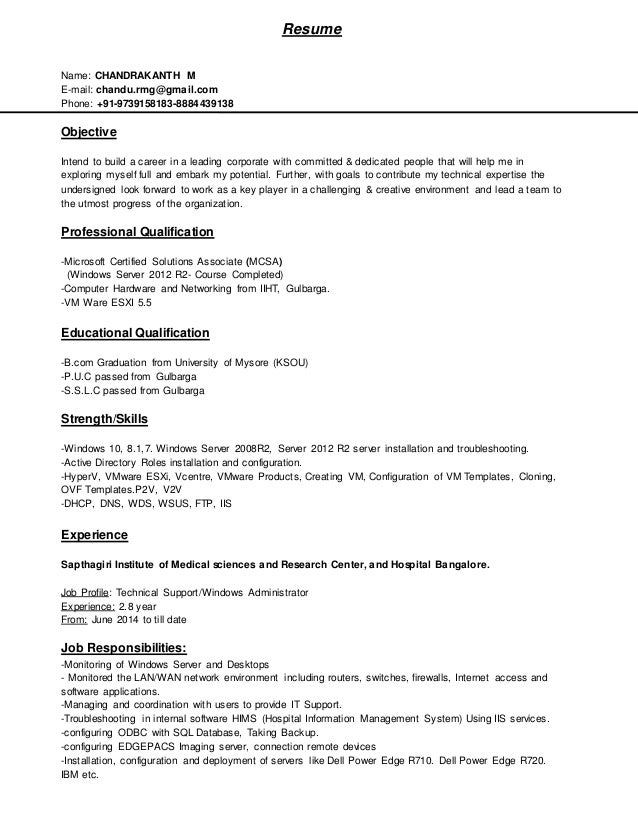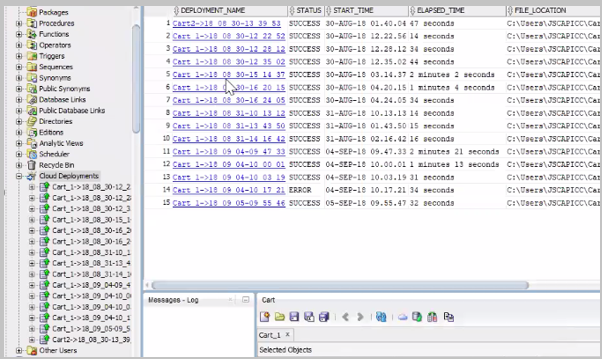

Progress edge thin sql client odbc driver#
However, when you use these characters in a keyword, the Driver Manager returns an error when you work with file DSNs, but passes the connection string to the driver for regular connection strings. "Driver=) that contains any of the characters is passed intact to the driver. The following example illustrates several possible connection strings. This includes an ODBC data source name (DSN). You can use the ConnectionString property to connect to a variety of data sources. Therefore, the syntax for the ConnectionString must exactly match what the Driver Manager and underlying driver support. The ConnectionString can be set only when the connection is closed, and as soon as it is set it is passed, unchanged, to the Driver Manager and the underlying driver. This struct is padded to 12 bytes on both 32-bit and 64-bit operating systems.The ConnectionString property is designed to match ODBC connection string format as closely as possible.

The definitions, however, have not changed. Implementations for the following existing ODBC structs have been modified to support the new SQL Server date and time data types. Note that SQL Server does not allow leap seconds, so second values greater than 59 will cause a server error. This allows up to two leap seconds to maintain synchronization with sidereal time. In the structures described below, ODBC specifies the following constraints, which are taken from the Gregorian calendar:ĭay field range is 1 through the number of days in the month, and must be consistent with year and month fields, taking account of leap years. However, this might change in a future release applications should not rely on the current behavior. A time component can terminate with a decimal point and no fractional seconds digits.Ĭurrently, the driver allows additional white space around punctuation characters and the space between time and timezone offset is optional.
Progress edge thin sql client odbc plus#
An attempt to convert an empty string to a date/time value will result in SQLState 22018 error and the message "Invalid character value for cast specification".Ĭonversions from string parameters will expect strings in the same format, with the exceptions that the sign of a timezone with zero hours and zero minutes can be either plus or minus, and trailing zeros are allowed for fractional seconds up to a maximum of 9 digits. For smalldatetime columns, there are no fractional seconds' digits, and the seconds will always be zero.Īn empty string is not a valid date/time literal and it does not represent a NULL value. For datetime columns, there are three fractional seconds digits. Fractional seconds are padded with trailing zeros if necessary, up to the defined precision for the column. A timezone offset is always preceded by a sign when the offset is zero, this sign is a plus (+). There is also one space between the time and timezone offset in a datetimeoffset value. Year, month, day, hour, minute, and second components are padded with leading zeros to their maximum width, and there is one space between date and time in datetime values. String values returned to applications are always the same length for a given column. There are no changes to the ODBC escape sequences for date/time literals.įractional seconds in results always use a dot (.), rather than a colon (:). The seconds component will be zero on output and will be rounded by the server on input.įractional seconds can optionally be specified using up to seven digits. This data type has an accuracy of one minute. SQL Server supports up to three fractional second digits for Datetime. The following table shows the mappings between SQL Server data types, ODBC data types, and the ODBC string literals. The SQLSTATE for this error will be IM016, with the message "Incorrect structure alignment". When SQL_C_BINARY binding is specified, alignment checking will be performed and an error reported for incorrect alignment. Because ODBC does not permit driver defined C types, SQL_C_BINARY is used for time and datetimeoffset as binary structures.

The following table lists the corresponding structures and ODBC C types. Notice that some cells of the table contain two entries in these cases, the first is the ODBC 3.0 value and the second is the ODBC 2.0 value. The following table shows the complete server-type mapping. In addition to the ODBC data types (SQL_TYPE_TIMESTAMP and SQL_TIMESTAMP), two new data types were added in SQL Server Native Client ODBC to expose the new server types: Data Type Mapping in Parameters and Resultsets This topic provides information about ODBC types that support SQL Server date and time data types. Applies to: SQL Server (all supported versions) Azure SQL Database Azure SQL Managed Instance Azure Synapse Analytics Analytics Platform System (PDW)


 0 kommentar(er)
0 kommentar(er)
